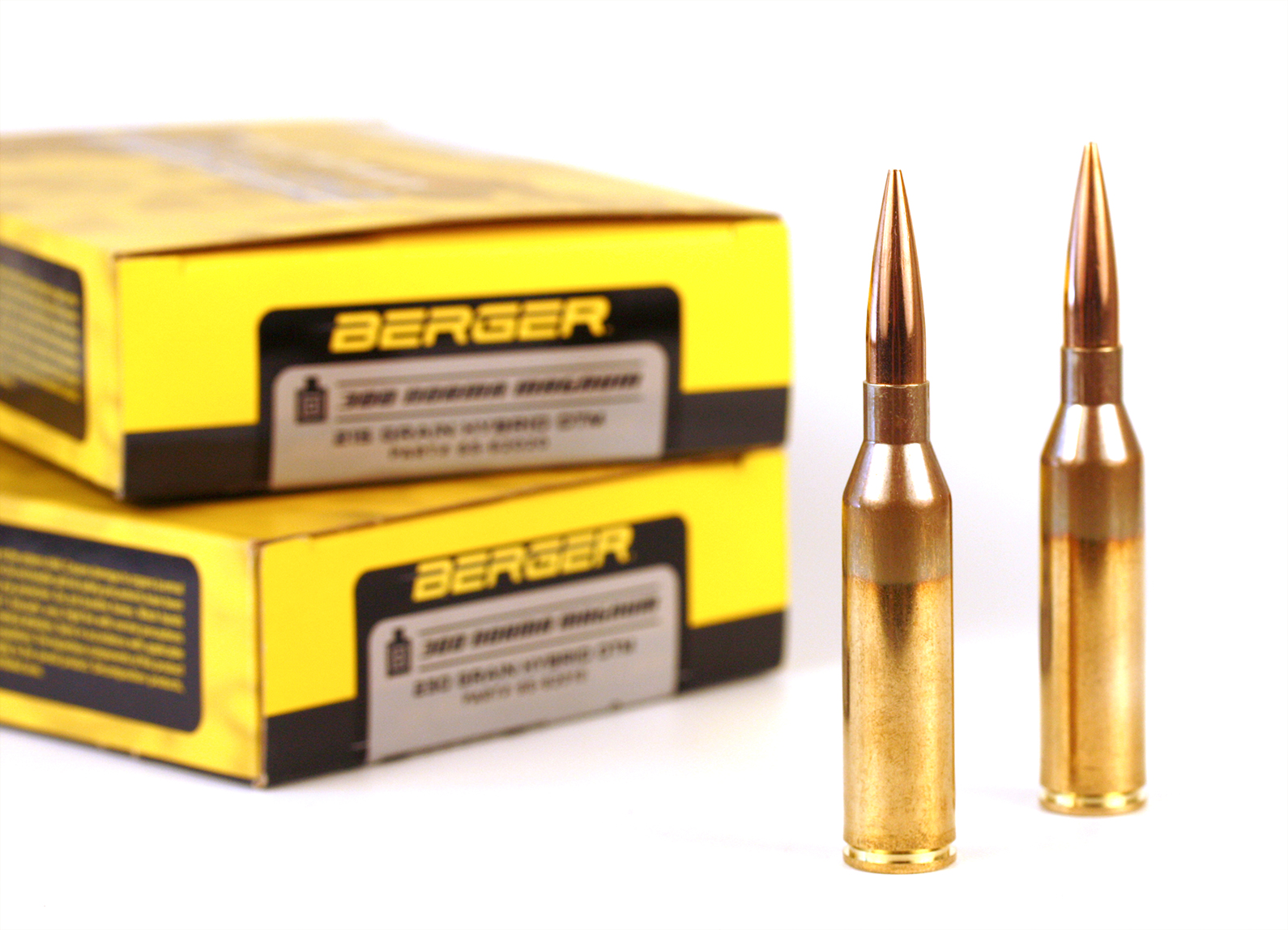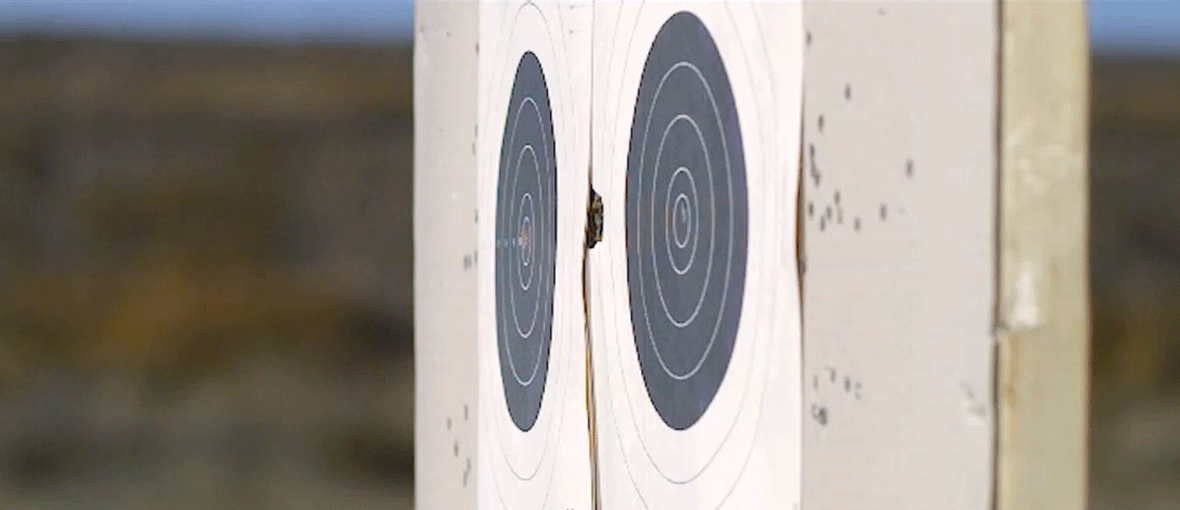When comparing Ballistic Coefficients, many shooters often only look at the number, but this doesn’t tell the complete story.
Suppose you’re considering which bullet to use for your 300 Norma Magnum. You’re looking at the heavier 30 caliber bullets such as the 215 grain hybrid and the 230 grain hybrid. The 230 grain Hybrid has a higher BC: 0.368 vs. 0.354 for the 215. That’s about an 4% higher BC for the 230 so it should be 4% better in your 300 Norma, right? Not so fast!
When you move to a heavier bullet in a given cartridge, you also pay a penalty in the muzzle velocity. In other words, you can’t push the heavier bullets as fast as you can the lighter ones, there’s a performance trade off. This trade-off can be estimated with the following equation based on conservation of energy:
MV2 = MV1√(W1/W2)
Where:
MV2 = Estimated muzzle velocity for the unknown bullet (fps)
MV1 = Muzzle velocity of the known bullet (fps)
W2 = Weight of the unknown bullet (gr)
W1 = Weight of the known bullet (gr)
For example, suppose you’re currently getting 3000 fps with the 215 gr Hybrid in your 300 Norma, and you’re considering the 230 gr Hybrid with it’s 4% higher BC. How much can you expect the MV to be suppressed with the heavier bullet?
MV2 = 3000√(215/230)
MV2 = 3000√(0.9347)
MV2 = 3000*0.967
MV2 = 2900 fps
So using this simple formula for how MV trades off for velocity, you can see that the heavier 230 grain Hybrid will likely only reach 2900 fps muzzle velocity at the same pressure that your rifle pushed the 215’s at 3000 fps. This is a pretty good rough estimate considering our 300 Norma Magnum 215 Grain Hybrid ammunition has a 3017 fps muzzle velocity while our 300 Norma Magnum 230 Grain Hybrid ammunition has a 2934 fps muzzle velocity. From there, you can plug this estimate into a ballistics calculator to determine overall performance comparisons for the higher BC bullet at a lower velocity vs. the lower BC bullet at a higher velocity.

The 300 Norma Magnum 215gr and 230gr Hybrid rounds have very similar performance due to the MV-BC trade offs between the two, even with the 15 grain difference. Both are more than capable of making reliable hits out to a mile and further.
In general, the higher BC/lower MV option will be better in the wind, while the lower BC/higher MV option will make a flatter trajectory, at least over short-medium range. Extend the range far enough, and the higher BC/lower MV option almost always wins out on every measure due to the persisting benefits of BC in velocity retention vs. the initial condition of MV.
Want a bullet that has both a high BC and a consistent BC? Learn more about our new Long Range Hybrid Target bullets.
